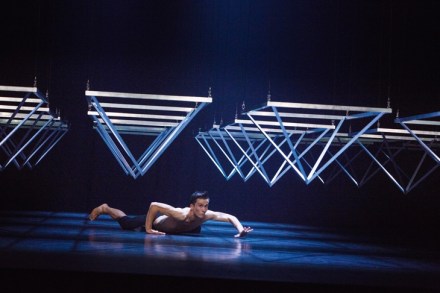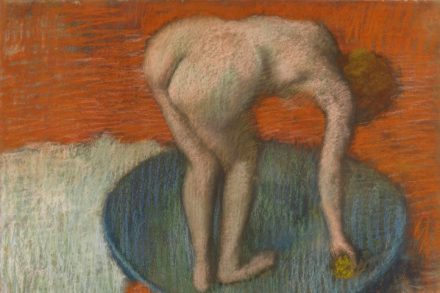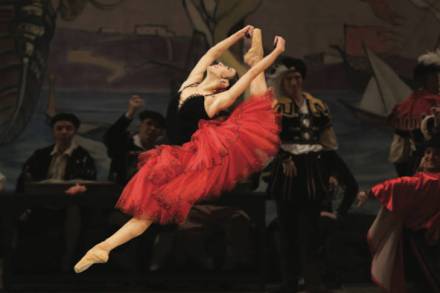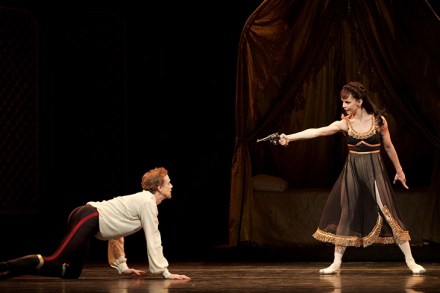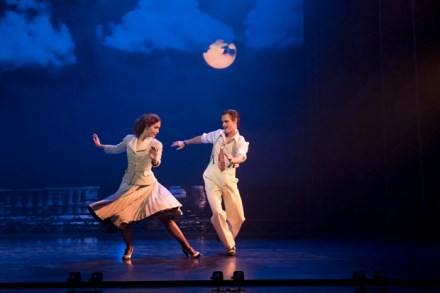Ill wind
A kindly cowboy, an East Coast bride, adultery, murder and madness. The Wind, Dorothy Scarborough’s 1925 Texas gothic novel (and Sjöström/Gish movie), offers rich pickings for dance narrative and was selected by Arthur Pita for his Covent Garden main stage debut. What could possibly go wrong? Pita has made some terrific dance dramas — notably 2011’s Metamorphosis for a treacle-glazed Edward Watson — but The Wind is a massive disappointment, looking thin and underwritten despite hefty production values. A miniature railway dollies pointlessly around the stage perimeter and the wind of the title is supplied in tedious abundance by two custom-built threshing machines (the cold front could be felt in


